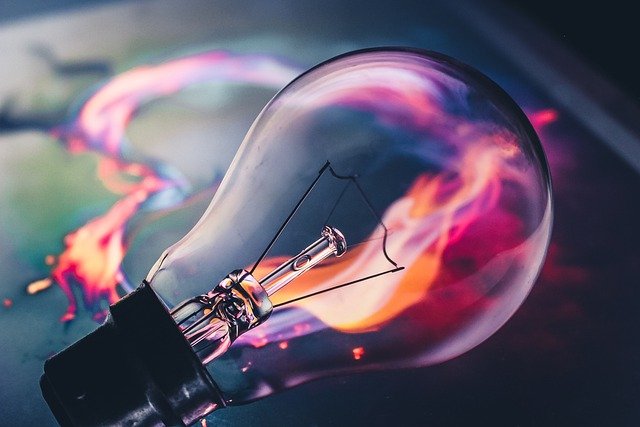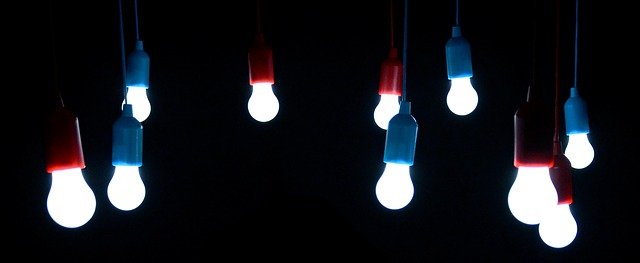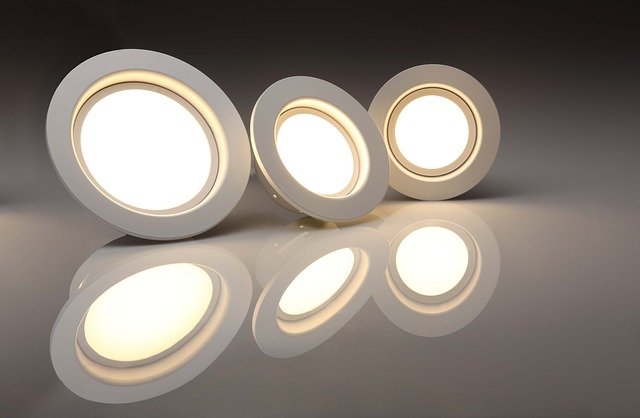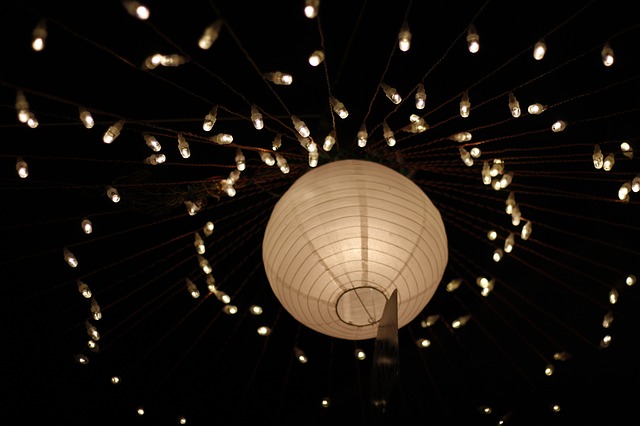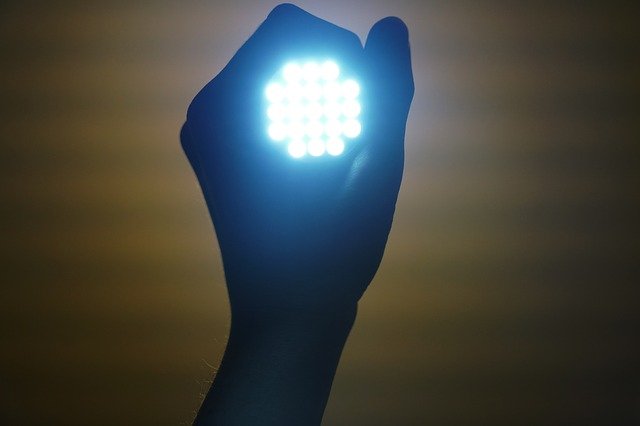Why Should You Switch Your Traditional Lights to LED?
7 minuteRead
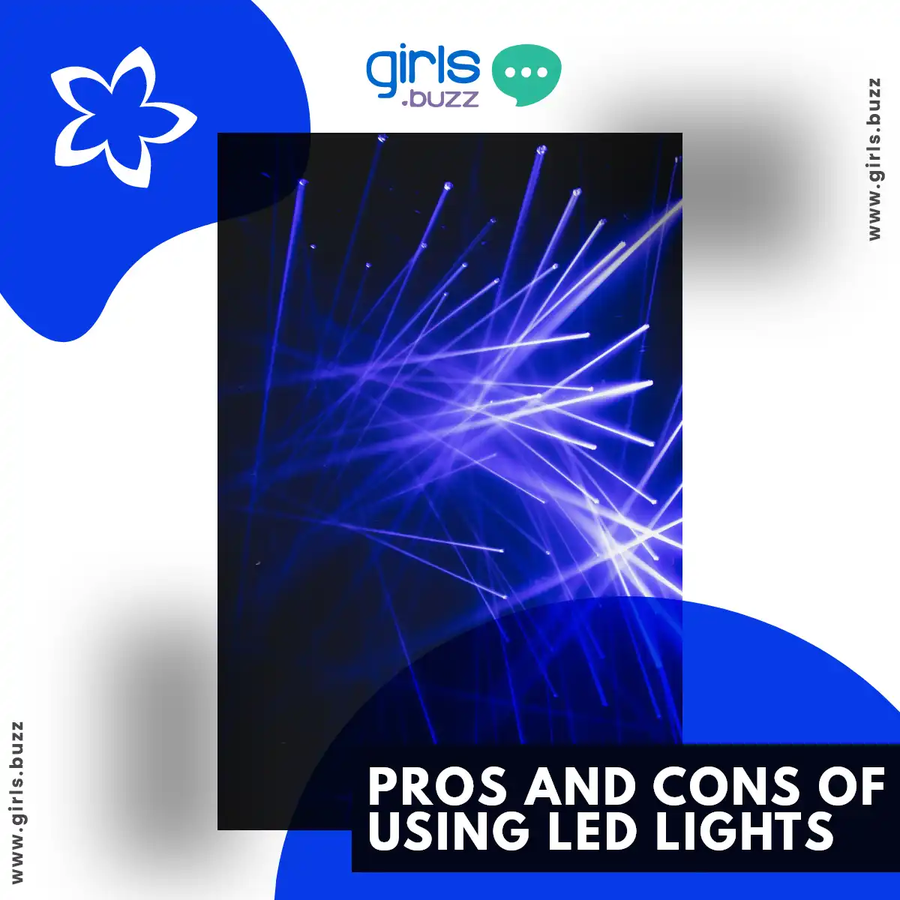
Switching from traditional lights to LEDs can be a critical and life changing choice. But you cannot make that decision without knowing all the pros and cons. So, to make things easier for you, we've found everything you need to know about LED lights and LED strips.
How often do you see traditional lights being used in a house with modern interiors? Not many, right? You must be wondering why people are talking so much about these. LED lights or LED strip Lights and saying NO to traditional tube lights? What are all the benefits of LED lights? Here you will find your answer.
Do you know that up until March 2017, around 33.29 crores LED bulbs were sold in India? This is not just a rising number about 3 years back, but since then, the graph has not gone down. I hope you understand how popular LED lights are in India.
The inventor of lights,Thomas Edison, once said that people would make lights so cheap that the rich will burn candles. Well! LED is one example of how this actually proved to be true.
Enough bragging, let’s begin with all the benefits and disadvantages you need to know about LED lights.This will surely help you find your reason to replace traditional lights with LEDs.
What are LED lights?
Let’s start this simple thing. Conventional condescendent lights use electric energy to produce heat energy and convert it to light. LED eliminates the middle step and moves right from electric energy to convert it into light.
LED or Light Emitting Diode is a type of diode that is designed to emit light. It is just another diode, but instead of silicon or germanium, they use semiconductors that emit light. Therefore, there is no conversion of heat in LED, which makes it energy-efficient and longer-lasting to work with.
We often find LEDs in different colors. How do they change colors? It is totally because of the semiconductor used in it. They are easy to experiment with and, hence, give out a variety of options that you see in the market. Want some good ideas? You can always try Philips LED or Xiaomi Yeelight.
I guess this information is enough for you to understand what LED is and how exactly it works. So, moving on, let’s jump into the benefits of it.
Benefits Of LED Lights
Down there are all the reasons why you should pick LED lights over any other type of Traditional lighting. Be it bulbs or tube lights. So, read on.
1. It’s an Energy Saving Pack
It's not a little-known fact that LED is literally being used so much because of its cost-saving and energy-efficient operations. The most common way of measuring a light’s efficiency is via Lumens. Lumen shows you how much the light or a bulb uses the energy that it produces.
This Lumen term was first used by European Union where it was noticed how traditional lights emit too much light that goes to waste. On the other hand, LED lights are not something associated with producing ‘Waste Light.’
I know it becomes hard to calculate how much you can save on electricity if you use LEDs. But just for an idea, you can save as much as 60% to 70%. Moreover, the good news is, it can even be more if you use the right kind of LEDs in your interior.
2. Flexible design is its thing.
Refer to the question I asked you at the beginning of the article? You will often see LED lights being used in modern design. Besides, you must remember how LED lights were once used to indicate the electricity in light boards. Just imagine how a bunch of these LED light bulbs can create a beautiful pattern, just like our Diwali lights.
But why is it so fascinating in designing? It is because of its flexible qualities and how well it fits in every theme. The reason behind this flexibility is the small size of the LED. It can be as small as the size of a clove & still give such a luminous effect. This makes it highly applicable in all the designs you have in mind.
3. Exciting color and dimming options
When we think of decorative lights, we instantly think about LED lights put together in beautiful colors. Nowadays, these colors are not limited to primary options but go way beyond that.
For an incandescent light, manufacturers need to use gels and filters of different color options. However, with LEDs, there is no such requirement to have a range of colors and temperature options. Besides, these options allow it to stay like that for long without fading away or changing it.
Let’s look at this more closely. The LEDs are actually diode, aka phosphorus coating. It is easier than the traditional bulls to change the color of light. Moreover, it stays like that for years.
Combine it with its dimming quality, and you get more variations. You can actually dim it from 5% to 100% brightness. How amazing is that?
4. It lives a long life.
Yes, it looks elegant and all, but how long do LED bulbs stay put?
It is no surprise, but LEDs are actually known for their long life span, especially if we compare them to some average incandescent bulbs.
If you ask me for a number, an LED light is supposed to work for about 50,000 hours. It's just not it; if you pick the right brand with excellent services, you can make it work for even 100000 hours. That’s like 11 years. WOAHHH...
Even if you are using fluorescent light, sodium vapor lights, or metal halide lights, it will still work for about 3 to 4 times more. Just imagine how it is going to bring down your company and house bills.
5. More reliable option
Do you ever notice how weather and climate affect the performance of tube lights? This is not much of a problem with LED, which is more of a reliable and durable option. Undoubtedly, LEDs work safely in all temperatures.
What is the reason behind that temperature flexibility? LEDs are free of filaments and have no fragile parts. So, outside forces like temperature etc cannot affect them. So, still thinking how it is the best? It is ideally an excellent option for any temperature, weather condition, or areas of use (outside or inside).
6. No Emission of Heat or UV.
Have you ever noticed how you turn off your traditional light, and it turns out to be extremely hot? This is what makes it more energy-consuming. This one is pretty common in incandescent bulbs that are known to use only 10% of all energy it consumes.
This is where LED light stands apart. It is the solution to quit all the heating and excessive energy consumption. One of the best qualities is that it does not eliminate heat. Besides, all the light that it produces stays within the visible spectrum. Therefore, for those who have Seasonal Affective Disorder (SAD), LED is the solution they should go for.
Disadvantages of LED lights
Every coin has 2 sides. This means, when LED lights are known for all their goodness, we need to consider the dark side as well. So, here is everything that still stops people from trying out this incredible invention.
1. It could be of higher initial prices.
If you choose to go for LED lighting, you must be prepared that it will have relatively higher prices than you expect. Why is it more expensive? Well! It comes with a per lumen cost that adds up to the initial cost. This all makes it higher than the conventional lights.
Some part of this extra cost is related to the low lumen output. Besides, the power supply and drive circuitry all adds up to the cost. Even if it's not that high but still, this is one of the cons of LED lights. Be it warm white light, Porch light, Rope Light, or small LED lights as studio lights.
2. The too much blue-light effect
Have you ever heard about the term light pollution? If not, let me tell you what it means. Whenever we make use of too much artificial light, we tend to affect the natural forces be it humans, plants, or animals. In some cases, this also affects the natural source of light. LED strip light can be a hazard to it.
When we use an LED bulb for its warm white or cool-white light, it means it is producing too much high-color temperature light. Even more than the conventional tube light or Edison bulbs. This high pressure light spreads in Rayleigh style without changing the wavelength. This becomes a significant source of light pollution, primarily when we use LEDs as outside lights and as night light.
3. The blue-light hazard
You must be familiar with the concept of eye safety specifications. This is about how certain things can damage your eyesight. Now, LED lights are famous for their cool white light or what we generally call cold light. Its radiation is so high that it can literally affect your retina.
4. Limited light source.
If you are looking forward to using LED strips or light to concentrate on a particular area or object, this is not the option for you. I'll tell you why. LEDs do not have a point source type light spectrum. They are more of a Lumberton distribution type that scatters the same amount of light in all angles.
To be precise, LEDs cannot provide divergence after a few degrees. This is the reason why people don't often go for it. However, today's market has a variety of options to deal with such issues. So, you can always go for a type and see if you find your perfect match.
Conclusion
No doubt, LEDs are an excellent option for you to save like 90% of energy. But where it is known for its brilliance, there is always a wrong side. The good thing is, you know everything you need to know before making any decision to adapt to this beautiful change.
So, the question is, are you going for the LEDs, or will you stick to traditional lights?
Write, Record and Answer! Consume Unlimited Content! All you need to do is sign in and its absolutely free!
Continue with one click!!By signing up, you agree to our Terms and Conditions and Privacy Policy.




